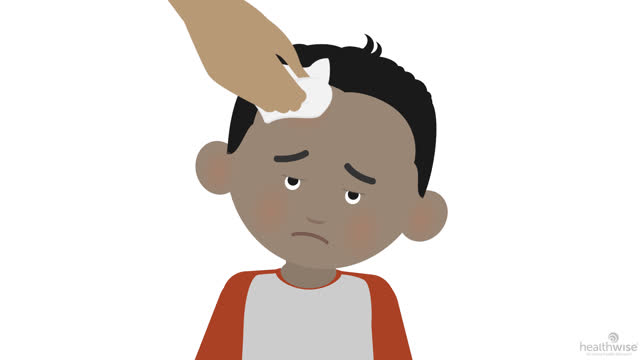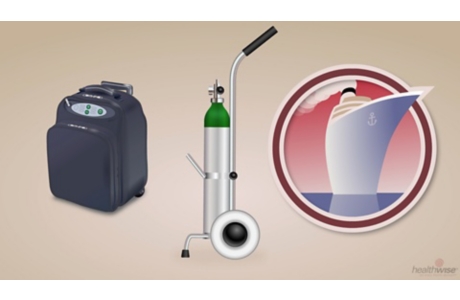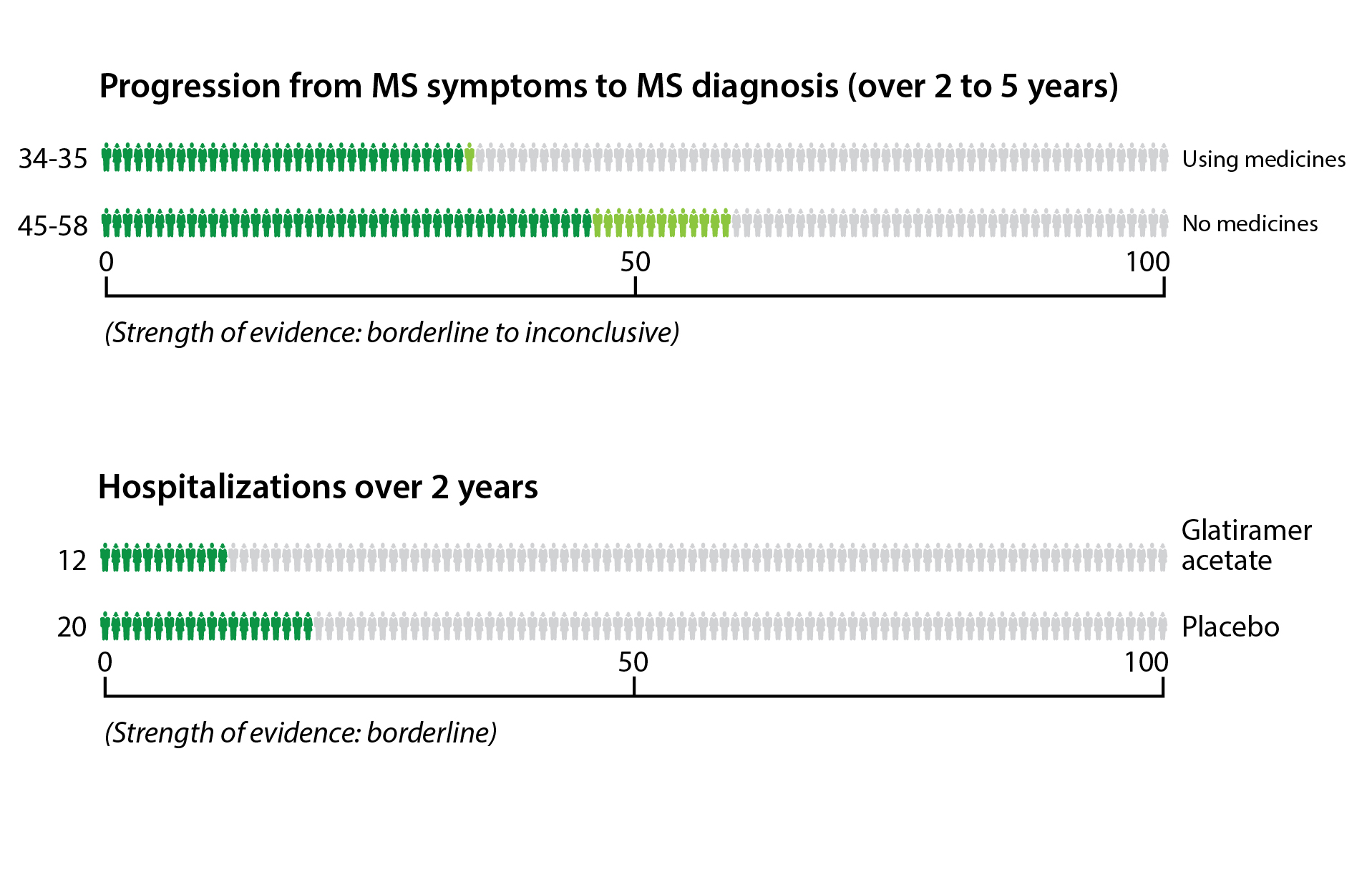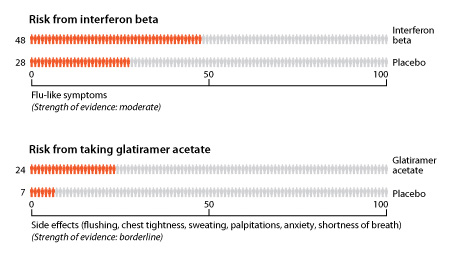Karin M. Lindholm DO
An MRI scan is the best way to locate multiple...
Briefly discusses brain aneurysm (also called cerebral aneurysm). Covers possible...
Most people who are diagnosed with multiple sclerosis (MS) are...
Headache clinics can evaluate and treat cluster headaches. If your...
Medicines may stop a cluster headache after it starts and...
An electronystagmogram (ENG) measures normal eye movement and involuntary rapid...
An electroencephalogram (EEG) is a test that measures and records...
The information shown here is based on the best available...
The information shown here is based on the best available...
What is spasticity? Spasticity is a condition in which muscles...
Showing 1-10 of 164 results








